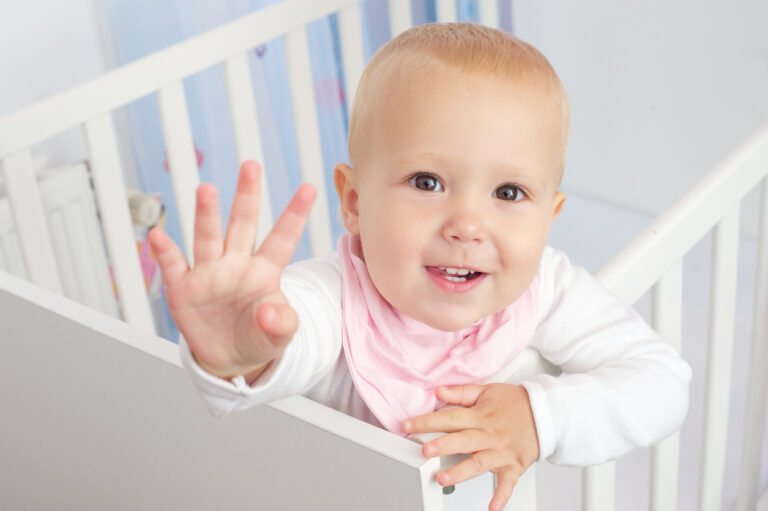

Power of Nonverbal Communication in a Baby's First Year
Before your baby utters their first “mama” or “dada,” a whole world of communication has already unfolded. In the fascinating first year of life, babies engage in a rich dance of nonverbal cues, expressing their needs, emotions, and desires through a powerful language of cries, smiles, gestures, and body language. Understanding this silent language is crucial for parents, caregivers, and anyone interacting with young children, as it forms the foundation for future verbal communication, emotional development, and social connection.
Unlocking the Language of Cries and Coos:
From the moment they arrive, babies communicate their basic needs through cries. A sharp, hungry cry differs from a whimper of discomfort, and an ear-splitting wail signals true distress. Attentive caregivers learn to decipher these vocalizations, responding promptly to build trust and security. Cooing and gurgling, on the other hand, express contentment and delight, encouraging further interaction and social engagement.
The Expressive Power of Face and Body:
A baby’s face is a canvas of emotions. A genuine smile, radiating warmth and joy, instantly connects with caregivers. Wide eyes brimming with curiosity invite exploration, while furrowed brows or a downturned mouth signal displeasure or fatigue. Body language also speaks volumes. A relaxed posture and open arms indicate receptiveness, while a stiffening body or averted gaze may suggest discomfort or withdrawal.
Gestures: Tiny Hands Reaching Out:
Early on, hand and arm movements hold significant meaning. Reaching out with open palms expresses desire for connection, while pointing gestures indicate interest in objects or events. By around 9 months, babies may even use “proto-imperatives” like pointing and looking back at an adult to request something they want. These early attempts at communication pave the way for future symbolic language development.
The Dance of Interaction and Response:
Nonverbal communication thrives on a two-way street. Responsive caregivers who mirror expressions, respond to cries, and engage in playful interactions help refine babies’ communication skills. By acknowledging their nonverbal cues, adults validate their emotions, build trust, and encourage further expression.
More Than Just Words:
The impact of nonverbal communication in the first year extends far beyond simply conveying needs. It lays the groundwork for:
- Emotional Regulation: Learning to read and respond to a baby’s nonverbal cues helps them understand and manage their own emotions.
- Social Development: Nonverbal communication forms the basis for early social interactions,enabling babies to connect with others and build relationships.
- Language Development: By understanding the emotional context behind nonverbal cues, babies begin to associate meanings with words and sounds, fostering language acquisition.
Understanding the Silent Language:
Paying attention to a baby’s nonverbal cues is not simply about deciphering their immediate needs. It’s about recognizing them as individuals with unique communication styles and emotional experiences. By embracing this silent language, we can unlock a deeper understanding of their inner world, fostering connections that lay the foundation for a lifetime of meaningful communication.